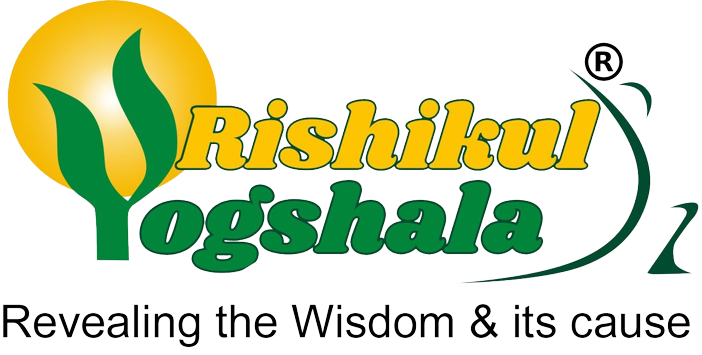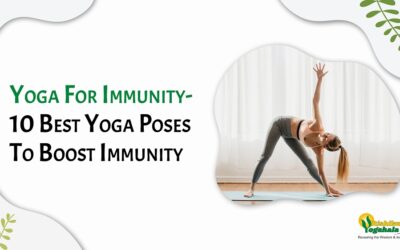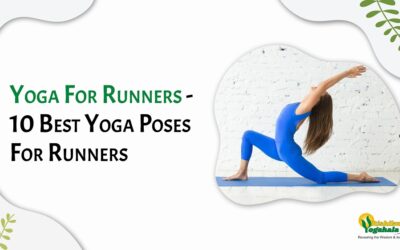Table of Contents
Ashtanga Yoga
The ancient Yoga Sutra of Patanjali has given us a precious gift that can connect us with the cosmos and enable us to become one with our spiritual souls.
Ashtanga Yoga, also referred to as the 8 Limbs of Yoga, is a highly energetic style of Hatha Yoga performed in 6 levels and a defined sequence of Yoga poses. Rooted in Vinyasa, which emphasizes the involvement of breath as you move between the poses, Ashtanga Yoga enhances mental clarity and inner calm despite being a very intensive physical discipline.
The word Ashtanga signifies the eight limbs of Yoga as defined in the Yoga Sutras of Patanjali and aims at purifying the body and the mind.
- Yama (External Restraints)
- Niyama (Internal Observances)
- Asana (The Yogic Postures)
- Pranayama (Yogic Breathing)
- Pratyahara (Withdrawal of the Senses)
- Dharana (Concentration)
- Dhyan (Meditation)
- Samadhi (Enlightenment)
Creating Harmony In Physical, Emotional, and Mental Wellbeing
Even though it is an intensive physical practice, its gains extend beyond physical benefits.
It infuses strength and flexibility in your muscles, regulates weight, lowers blood pressure, and improves balance. Moreover, it enhances mental clarity, peace, and attention, building resilience and reducing stress, benefitting your body, mind, and soul.
Ashtanga Yoga Poses To Heat You Up
Here are 8 Ashtanga Yoga Poses you can add to your yoga routine to become highly energetic and strong.
1. Standing Forward Bend (Uttanasana)
- Begin with the mountain pose.
- Breathe in as you extend your arms up and overhead.
- Engage your thighs, draw your belly in, and lean forward, bending from your hips, as you exhale.
- You can hold onto the backs of your ankles or calf muscles or place your hands or fingers on the ground in front of, next to, or behind your feet.
- Thrust your heels onto the floor. Your inner thighs should be rolled in.
- Relax your head, shoulders, and neck.
- During inhalation, lengthen your spine. As you exhale, relax more deeply into the posture.
Benefits: Balances nervous system, improves digestion, stretches the legs, hips, and spine, and relieves tension in the lower back.
2. Triangle Pose (Trikonasana)
- Place your feet 3.5 to 4 feet apart with your right foot turned out and your left foot slightly turned in.
- Breathe in, and as you breathe out, Bend your hips to the right and reach your right hand to touch your right toe.
- Take another inhale and take your left hand up towards the sky.
- Send your gaze upwards, opening your chest, shoulder, and collarbone.
Benefits: Stretches and lengthens the thighs, spine, shoulders, and chest; opens the hips and stimulates the abdominal organs.
3. Wide-Legged Forward Fold Pose (Prasarita Padottanasana)
- Begin with standing 4 feet apart on the yoga mat.
- Interlace your fingers behind your back.
- Slowly bend forward at your hips and reach your linked arms up and overhead.
- Rest the crown of your head on the ground or on yoga blocks for assistance.
- Relax your head and your shoulders and breathe deep.
Benefits: Relieves back pain. Stretches the spine, chest, shoulders, and inside of the legs and opens the hips.
4. Warrior Pose I (Virabhadrasana I)
- Begin by standing in Mountain Pose and inhale in.
- On your exhale, step your left foot back and bend your right knee.
- Inhale, and reach your arms up towards the sky, continuing to breathe deep.
Benefits: Improves balance and posture; expands the chest and lungs; strengthens the core and leg muscles; and enhances mobility in shoulders and hip joints.
5. Boat Pose (Navasana)
- Come into a sitting position on the ground with your knees bent and feet flat.
- Slowly send your upper body slightly backward and lift your feet off the ground.
- Send your arms in front such that they are parallel to the ground.
- Keep your eyes, fingers, and toes in line with each other.
- Contract your abdominal muscles and breathe deep.
Benefits: Tones the leg, arm, and abdominal muscles and strengthens the core.
6. Shoulder Stand (Sarvangasana)
- Lie down in Shavasana.
- Breathe in, and as you exhale, summon up your core strength as you lift your legs, buttocks, and back off the ground in one go.
- Support your back with your hands.
- Keep your legs and spine straight by pressing the elbows on the ground.
- Don’t put a bunch of pressure on the neck.
- Maintain this posture for about 30-60 seconds while breathing deeply.
- Gently release by lowering the knees to the forehead and the spine slowly coming down until your whole back reaches flat on the ground, hands by your side, palms facing up.
Benefits: Stimulates thyroid hormones, improves blood circulation in the brain, controls diabetes and manages blood pressure, relieves constipation, strengthens the shoulders and arms, and makes the spine flexible.
7. Cobbler’s Pose (Baddha Konasana)
- Start by sitting tall on your yoga mat with your legs laid out in front of you.
- Bend your knees and bring the soles of your feet together, letting your knees fall to the opposite sides.
- Clasp the hands around the feet and bring your feet closer to your pelvis.
- Keep your spine straight, shoulders back, and chin forward.
- Breathe deep and hold the pose as long as it is comfortable.
- You can try the variation of slowly bringing the head down.
Benefits: Alleviates back pain, increases hip mobility, stretches the inner thighs, strengthens psoas muscles, and promotes mental calmness.
8. Bridge Pose (Setu Bandha Asana)
- Begin with lying on your back, knees lifted, and feet hip-width apart.
- Keep your arms beside your body and shoulder blades tucked backward.
- Inhale and slowly lift your buttocks off the ground and interlace your fingers.
- Bring your chest to the chin and chin to the sky.
- Breathe deep, hold the bridge for 1-2 minutes, and gently release on an exhale.
Benefits: Strengthens the back and thigh muscles. Stretches the chest, abdominal muscles, and neck. Improves digestion and helps manage thyroid problems, high blood pressure, and osteoporosis.
Bonus: Surya Namaskar – The Foundation Of Ashtanga Vinyasa Yoga
Ashtanga Vinyasa Yoga begins with a gentle greeting to the sun through the Surya Namaskar flow.
Surya Namaskar consists of a warm-up sequence of 12 steps and 6 yoga asanas, designed to prepare practitioners for more complex Ashtanga Yoga poses.
For an extensive overview of the 12-step sequence, read our article on Surya Namaskar.
Conclusion
Ashtanga’s rigorous physical practices are about overcoming emotional and mental obstacles to develop mental peace, mindful breathing, physical strength, flexibility, and endurance. Ashtanga Poses can indeed be physically challenging, but when put into practice and made a habit, it may prove to be highly rewarding.
With Our Yoga Teacher Training In Kerala, you can learn and even master these poses with the assistance of one of the best Yoga teachers.




